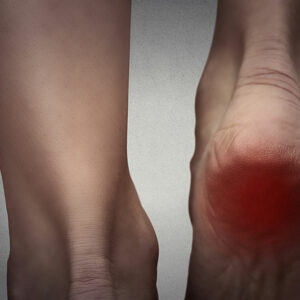
01
Causes and Treatment of Fibromyalgia Foot Pain
Widespread pain that is typically followed by lethargy, depression, sleep disorder, cognitive impairment accompanying with digestive and urinary symptoms are the characteristics of a chronic disease called Fibromyalgia. Poorly understood disorders in which distress signals are processed by the brain appear to be excessive, augmenting the sense of pain in muscles and soft tissues. There are no tests to detect fibromyalgia; it is diagnosed by excluding other possible causes. Treatment might include over-the-counter painkillers, antidepressants, physiotherapy, self-care, and medications principally approved to treat fibromyalgia, such as Lyrica. Fibromyalgia is more than just muscle aches and joint pain. Being a chronic disorder, pain due to fibromyalgia can hit anywhere, at any intensity, and at any time. Several studies show that people who have fibromyalgia suffer more foot pain than other people. No matter the kind of pain, all are unpleasant. However, foot pain is worst as you need them for almost all day-to-day activities. The sensations that one might feel due to fibromyalgia are as follows: The soles feel like they are on fire, and these pains come and go at random intervals. Feeling of uneasiness when wearing any kinds of shoes. Unable to touch bare feet on the floor without wearing slippers. Experts believe that one in every four people who have fibromyalgia have foot pain, but many do not opt for treatment. Causes of F ibromyalgia Foot Pain A study by Arthritis Research and Therapy showed that out of 202 patients, half of them reported foot pain. The research on fibromyalgia foot pain has not gone very far, and there are no assured causes of the pain. Other common sources of foot pain might not be directly associated with fibromyalgia but may get intensified by this condition. One such example is Morton’s neuroma, which is the benign enlargement of a nerve that causes tingling and shooting pain.
Read More 










